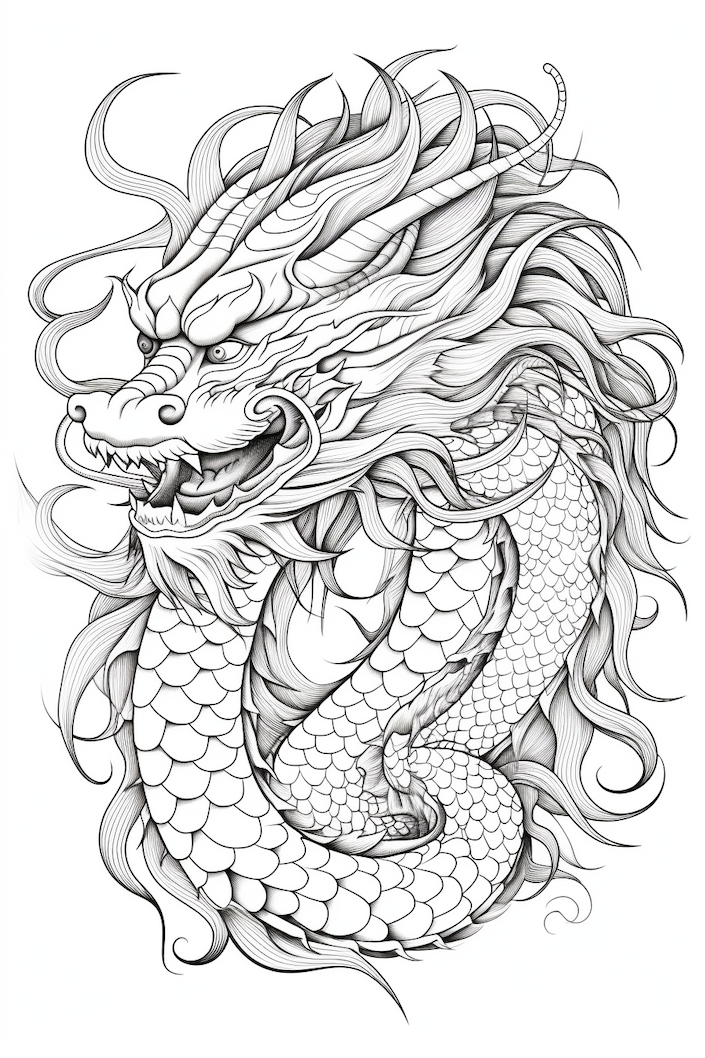February Selection

Conference Room 206
Author

Rebecca Yarros is the #1 New York Times, USA Today, and Wall Street Journal bestselling author of over fifteen novels including Fourth Wing and In the Likely Event, with multiple starred Publishers Weekly reviews and a Kirkus Best Book of the Year. She loves military heroes and has been blissfully married to hers for over twenty years. She’s the mother of six children, and is currently surviving the teenage years with two of her four hockey-playing sons. When she’s not writing, you can find her at the hockey rink or sneaking in some guitar time while guzzling coffee. She and her family live in Colorado with their stubborn English bulldogs, two feisty chinchillas, and a Maine Coon cat named Artemis, who rules them all.
Having fostered then adopted their youngest daughter who is nonverbal and on the autism spectrum, Rebecca is passionate about helping children in the foster system through her nonprofit, One October, which she co-founded with her husband in 2019. To learn more about their mission to better the lives of kids in foster care, visit www.oneoctober.org.
To catch up on Rebecca’s latest releases and upcoming novels visit www.RebeccaYarros.com.
Spoilers
#BookTok
"I've been delighted by the rise of adult fantasy romances sweeping bookshelves."
Read more below.
#BookTok: How creators are challenging the publishing industry to promote diversity
Origins
"Around the world, people are celebrating the Chinese New Year and the start to the Year of the Dragon. This got us wondering: Where did the myth of the dragon come from in the first place? Scholars say that belief in dragons probably evolved independently in both Europe and China, and perhaps in the Americas and Australia as well. How could this happen? Many have speculated about which real-life animals inspired the first legends."
-Joseph Stromberg
Here, There Be Dragons
As the Year of the Dragon Looms, We See Dragons Everywhere
This Lunar New Year welcomes the Wood Dragon, but these mythic animals never go out of style.
Click the link above for histories and psychologies, to fossil records and the tales of dragons across the globe.

Vikings and Dragons
"Dragons in Norse mythology have had a huge impact on our perception of these mythological creatures in the modern world. They may have been the source material for one of the world’s biggest fantasy novels of all time, The Lord of the Rings, and they have certainly inspired a number of creative artists over the decades.
In Norse mythology, dragons were a fantastic storytelling device, capable of highlighting important lessons to learn about greed and the cycle of life. These creatures were also meaningful symbols to the people in Viking communities.
Though dragons were often depicted as terrifying creatures, they were also considered to be phenomenally powerful, and an excellent insight into the balance of the universe."
Chinese Year of the Dragon
The Dragon in Chinese culture
"The Year of the Dragon... even the name exudes a certain mystique. Dragons, the mythological creatures of Chinese folklore, are one of the 12 animals represented in the Chinese zodiac.
Dragons hold a unique place in the Chinese Zodiac. Of all the animals present, only dragons are mythical. As is well known, dragons occupy a special seat in traditional Chinese folklore."
Fàilte “Welcome”
"The Gaelic language has been part of the Scottish consciousness for centuries and recently, it's been enjoying a 'Renaissance' through the mediums of folklore, literature and music.
The language is also thriving far beyond the shores of Scotland, with Gaelic speakers found throughout the world. The Canadian province of Nova Scotia has an estimated 2,000 Gaelic speakers and the language has remained in use here since colonial times, where it did not face the same level of suppression as in Scotland. It's also possible to find proud Gaelic communities as far afield as New Zealand, Australia and the United States, showing how Scots held onto their language as they settled throughout the far reaches of the globe."
Scottish Gaelic- Minority Languages
"Scottish Gaelic is a minority language. UNESCO classifies Gaelic as “definitely endangered,” with an estimated 20,000 to 30,000 active users.
Scottish Gaelic, also known as Scots Gaelic or simply Gaelic, is a Goidelic language of the Celtic branch within the Indo-European family, native to Scotland. It evolved from Old Irish and became a distinct language around the 13th century. Scottish Gaelic was once widespread in Scotland, as evidenced by Gaelic-language place names."
Inclusivity
Disability Representation in Writing
"Marginalization is often magnified by societal invisibility for disabled individuals. Even initiatives and organizations committed to championing inclusivity often overlook those who have different access needs. This lack of recognition can be even more pronounced for those who also simultaneously identify with another diverse community—perhaps feeling seen in one regard but totally ignored in another."








